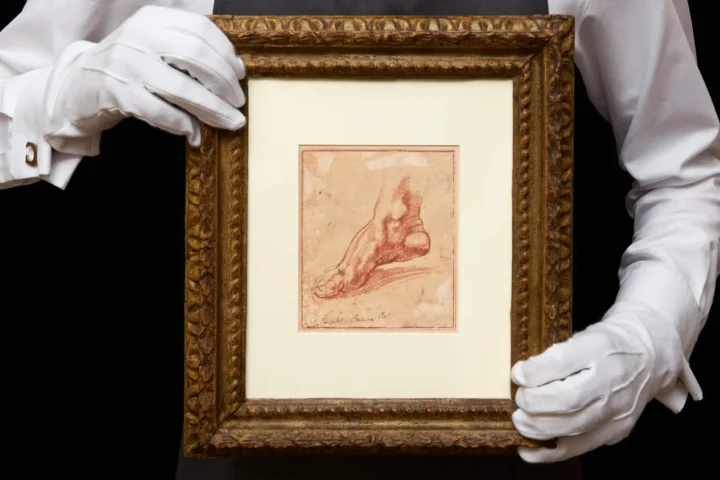The Central Bank has lowered its key interest rate by two percentage points, bringing it down to 18%. This move is more than just a technical adjustment — it amounts to a tacit admission that the regulator’s previously aggressive monetary tightening has failed. Inflation currently stands at 9.2%, nearly identical to the levels observed in 2024 when the key rate was as high as 21%. For example, inflation in July 2024 was 9.13% with a 16% rate, and in December 2024 it reached 9.52% with a 21% rate. This raises a critical question: why did the Central Bank repeatedly raise rates, stifling the economy and damaging industrial production, only to return to the same inflation outcome — but at a much higher cost of borrowing?
Key Rate Slashed to 18% as Inflation Remains Unmoved
The decision to cut rates does not reflect a successful fight against inflation — rather, it highlights the failure of the existing strategy. The numbers speak for themselves. Despite the high key rate maintained through much of 2024, inflation was not brought under control. Now, even with the rate at 18%, inflation persists at over 9%, calling into question the entire rationale behind the rate hikes. The Central Bank’s aggressive stance, which inflicted serious pressure on credit, consumption, and production, has not yielded the intended results — and the costs are mounting.
Inflation Targeting Narrative Unravels
The Central Bank’s press release attempts to present a more optimistic narrative, but the language and metrics used seem disconnected from economic reality. It claims that “seasonally adjusted current price growth has slowed to 4.8% annualized,” while simultaneously acknowledging that actual year-on-year inflation is 9.2%. The logical contradiction is hard to ignore. Even after adjusting for statistical smoothing and CPI manipulation, price growth from January to June was 4.62%, and year-on-year it was 9.4%. The official inflation target of 4% is not even remotely within reach — making the Bank’s claim that inflation is “approaching the target” look more like wishful thinking than analysis.
“Balanced Growth” Becomes a Euphemism for Industrial Decline
In a notable shift in language, the Central Bank introduced a new and previously unused phrase: “the positive deviation of the Russian economy from the path of balanced growth is decreasing.” Behind this seemingly technical formulation lies a grim economic reality. The Bank appears to define “positive deviation” as a recession: a decline in production across 16 of 24 sectors in the manufacturing industry, a 10% drop in real profits for non-financial companies, and a corresponding hit to federal budget revenues. In the Central Bank’s version of “balanced growth,” GDP growth falls from 4.5% in 2024 (with an average key rate of 17.5%) to a projected 1.5% in 2025 — all while headline economic figures are artificially boosted by inflationary price effects. If this is considered growth, one wonders what would qualify as a genuine contraction. And what, exactly, are the parameters of this so-called “balanced growth” that have never before been part of the government’s economic vocabulary?
Monetary Policy Built on Misleading Assumptions
The Central Bank’s repeated reliance on vague and misleading premises has led to the consistent failure of its monetary policy goals. Despite the symbolic rate cut, the economic outlook remains bleak. Governor Elvira Nabiullina continues to warn of “pro-inflationary risks associated with a prolonged upward deviation of the Russian economy from the trajectory of balanced growth.” In plain terms, this means that any attempt by the real economy to grow — to increase physical production and expand GDP — will be met with another rate hike aimed at suppressing that very growth.
Under this logic, GDP growth is unlikely to exceed 1.5% in the coming years, far below the minimum 3% needed just to maintain economic reproduction. Such an outcome will not only stifle development but also erode the country’s industrial base and consume its remaining material reserves.


















